Encountering Orcas & Northern Lights in the wild are two extraordinary experiences that nature offers.
Both are rare and elusive, captivating the hearts and minds of those fortunate enough to witness them.
In this blog post, we will delve into 5 fascinating facts about each of these natural wonders.
From the intelligence and cultural diversity of orcas to the mesmerising phenomenon of the Northern Lights, we will explore what makes these experiences so special and why they continue to intrigue and inspire people around the world.
So, let's embark on a journey to uncover the remarkable characteristics of orcas and the awe-inspiring beauty of the Northern Lights.
The term 'aurora borealis' was coined in 1619
The term for the Northern Lights, 'aurora borealis', was derived from Roman goddess of dawn, Aurora, and the Greek name for the north wind, Boreas. The term 'aurora borealis' was first used by Pierre Gassendi, a French astronomer, in 1619. The term 'aurora borealis' is still used today to describe the Northern Lights, while the Southern Lights are called 'aurora australis'
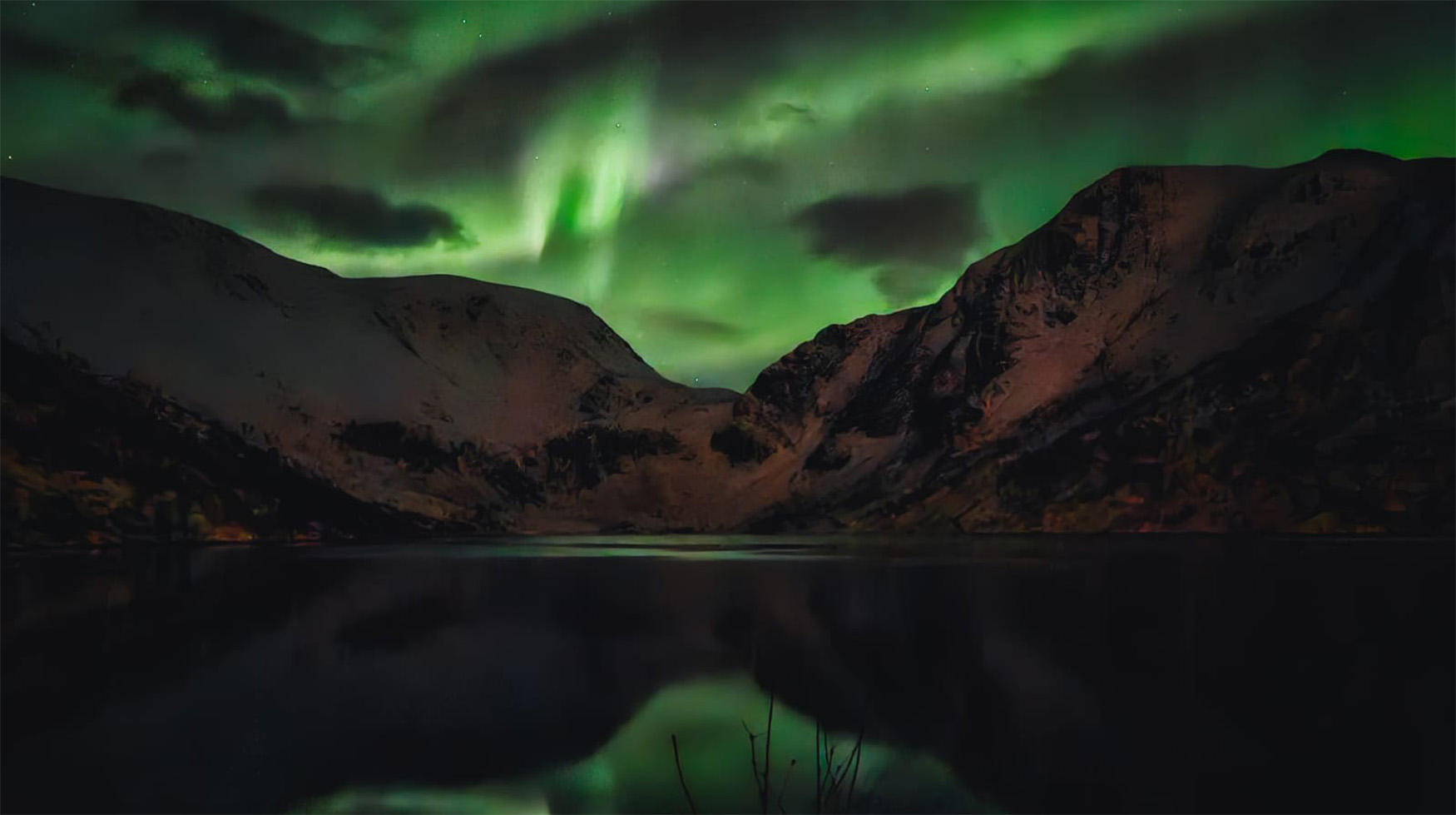
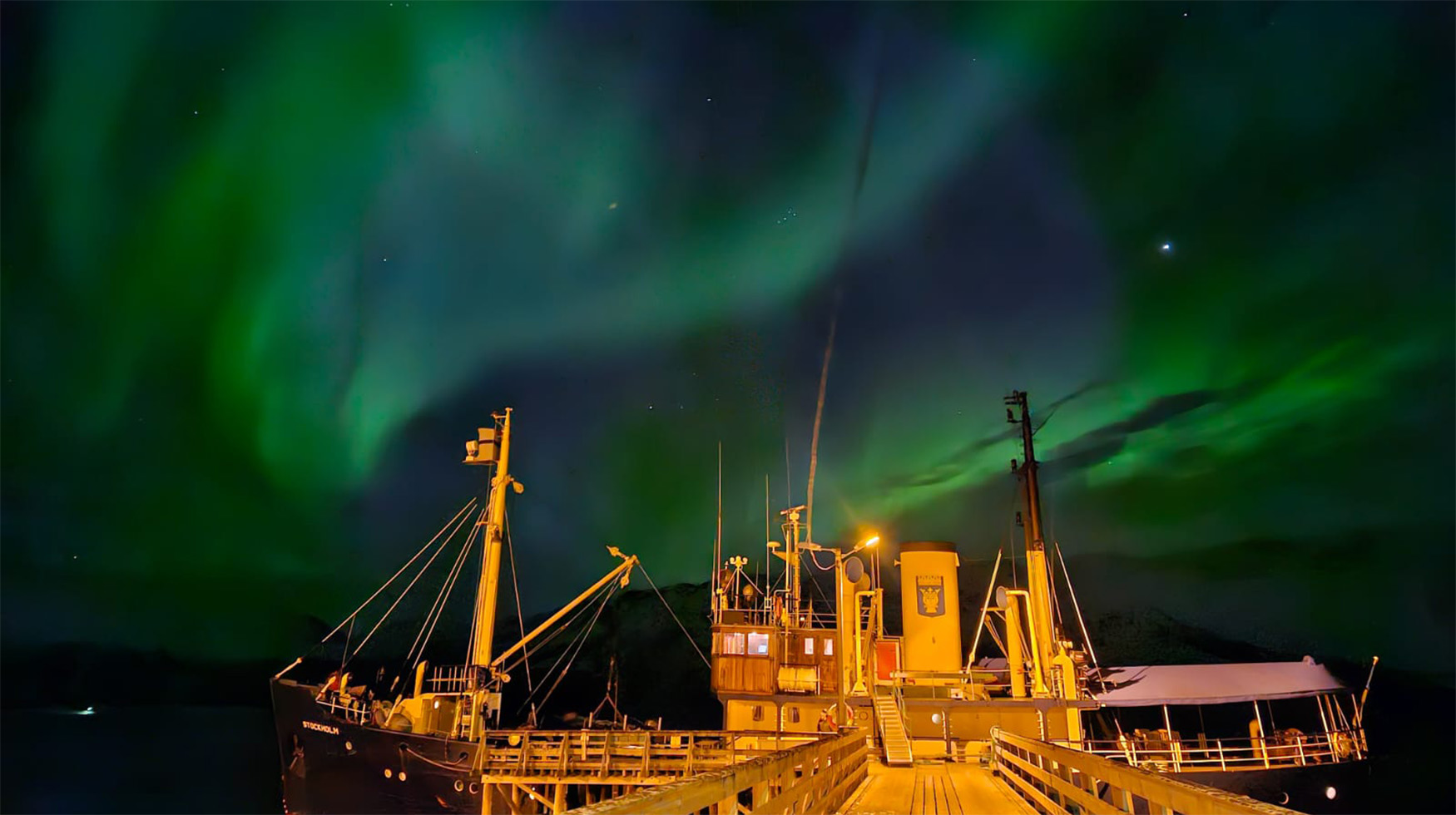
A Norwegian scientist was the first to explain the aurora phenomenon
Norwegian scientist Kristian Birkeland (1867–1917) was the first to explain the source of the aurora, which was once an unexplained mystery. Birkeland's research on the aurora led to the development of the magnetometer, a device used to measure the strength and direction of magnetic fields. Birkeland's work on the aurora also contributed to the understanding of the Earth's magnetic field and its role in protecting the planet from solar wind.
The Northern Lights can be seen from space
The Northern Lights are visible from space, making them one of the most beautiful displays of Mother Nature and astronauts on the International Space Station have reported seeing the Northern Lights from their vantage point in space. The Northern Lights are truly a unique and captivating sight, not only for people on Earth but also for those in space who have the opportunity to witness them.
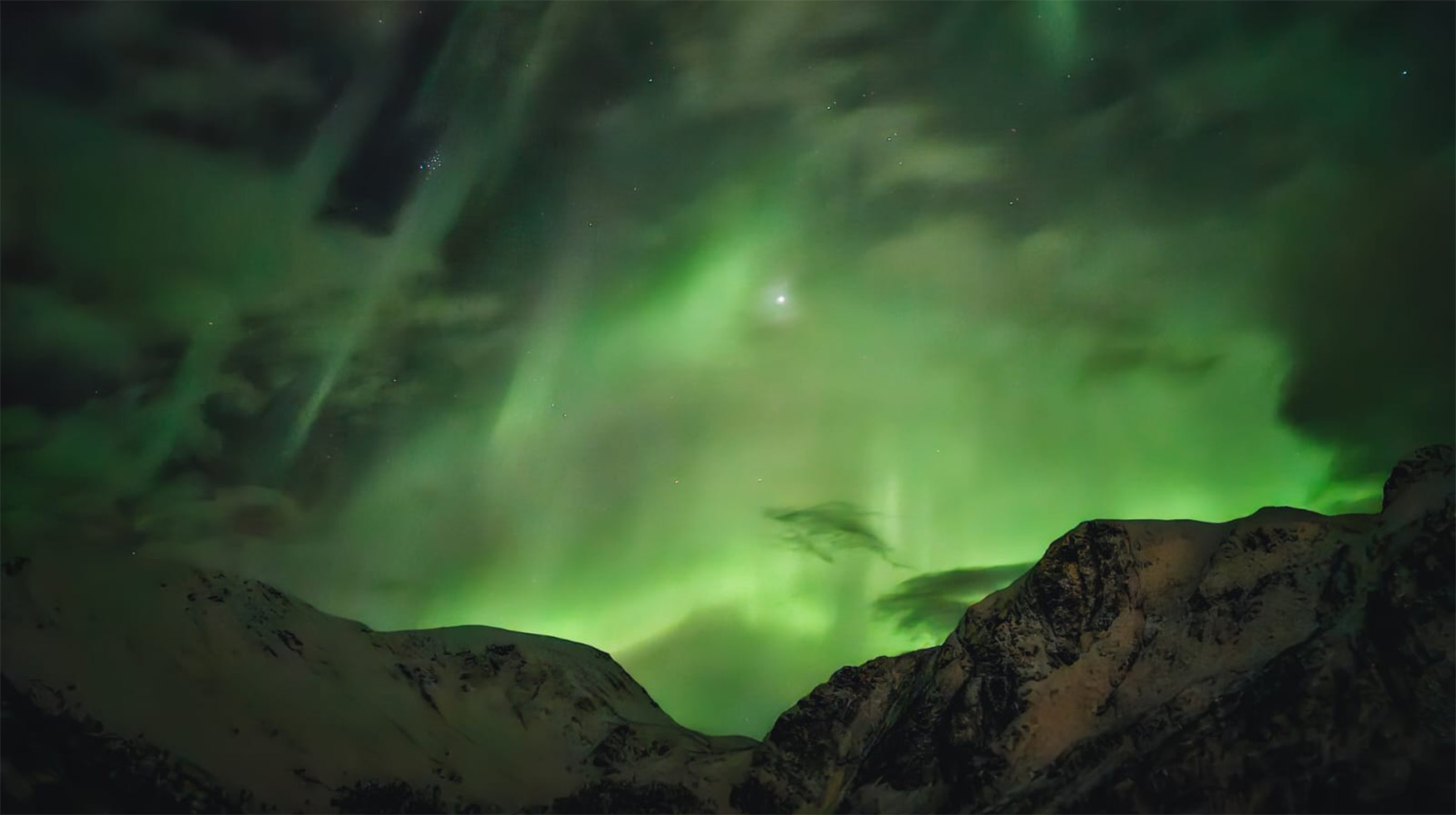
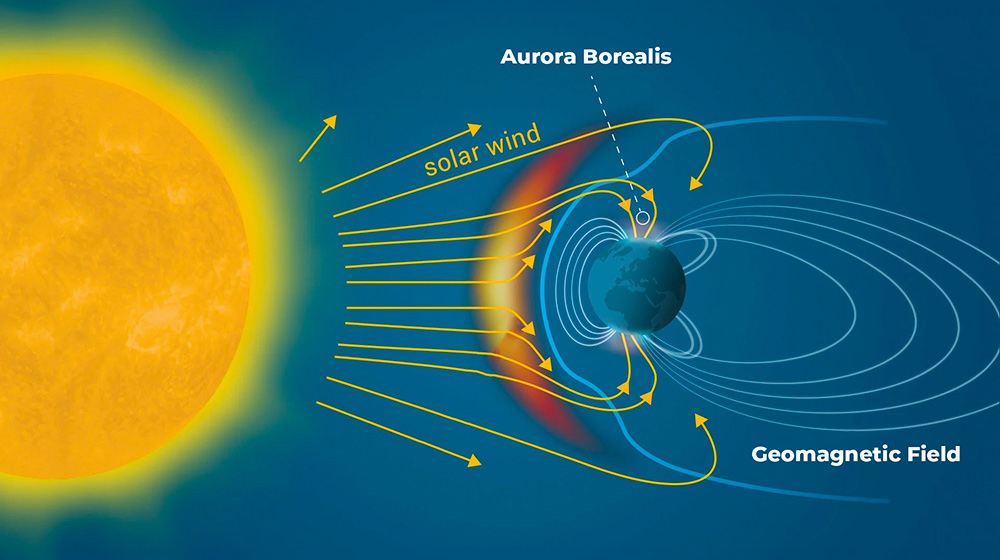
The Northern Lights are initially caused by the sun
The Northern Lights are initially caused by the sun, with charged particles from the sun's corona creating the solar wind that interacts with the Earth's magnetic field. The solar wind carries charged particles, primarily electrons and protons, which are deflected by the Earth's magnetic field and channeled towards the poles. The interaction between the solar wind and the Earth's magnetic field creates a complex system of electric and magnetic fields, which in turn generate the aurora.
Auroras constantly change shape
Auroras are dynamic phenomena that constantly change shape, with their patterns and shapes determined by the changing flow of charged particles and the Earth's magnetic field. The origin of the aurora begins on the surface of the sun when solar activity ejects a cloud of gas, known as a coronal mass ejection (CME). If one of these CMEs reaches Earth, taking about 2 to 3 days, it collides with the Earth's magnetic field, which is invisible and would make Earth look like a comet with a long magnetic 'tail' stretching a million miles behind. The Earth's magnetic field deflects most of the charged particles, but some of them are channeled towards the poles, where they interact with the Earth's atmosphere, creating the aurora. The aurora's shape and intensity are influenced by the Earth's magnetic field, the solar wind, and the interaction between these two forces.
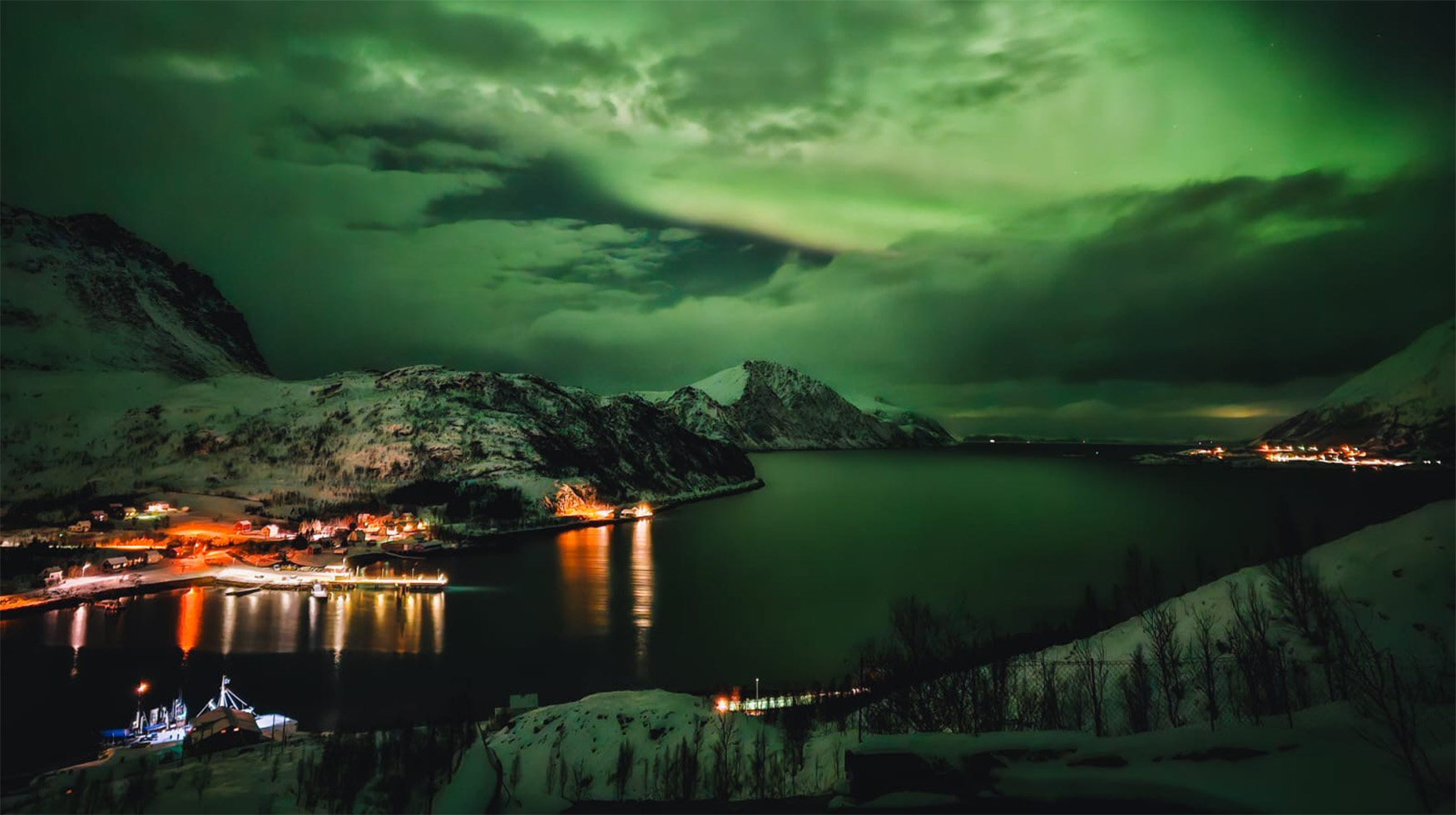
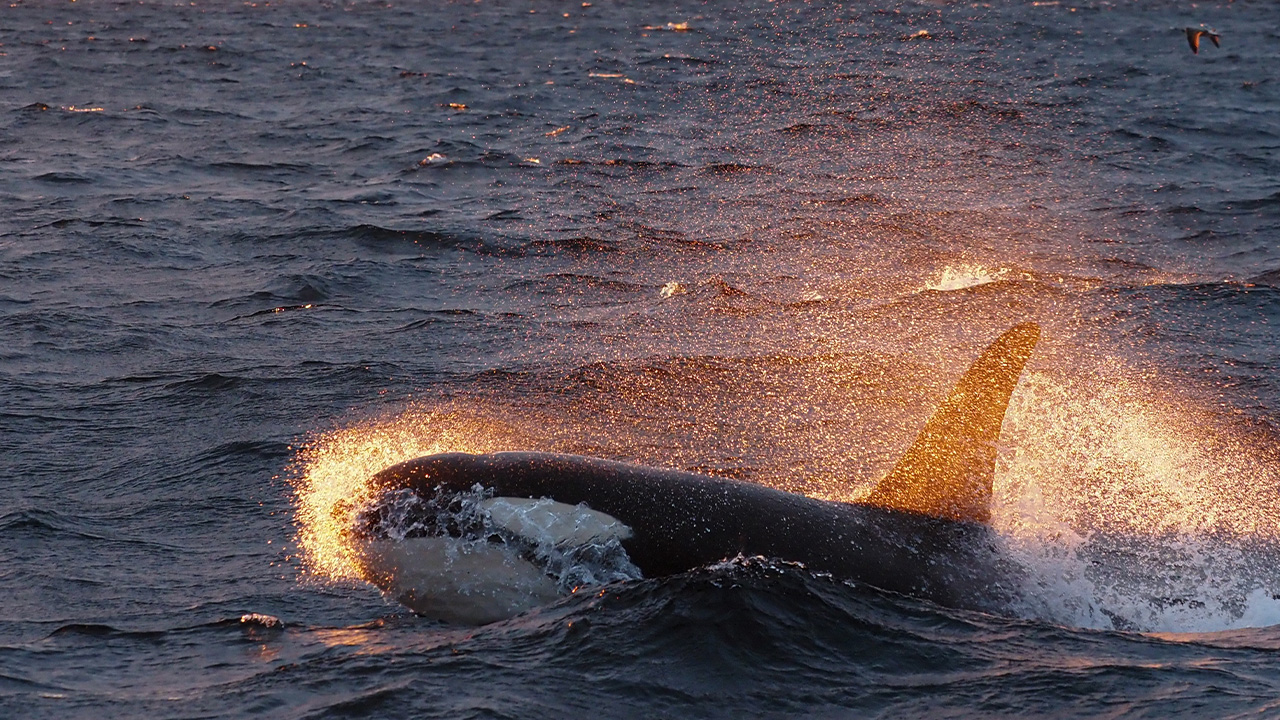
Orcas are also known as killer whales
Orcas, or killer whales, are the largest members of the dolphin family. They are highly social animals and are found in all oceans of the world, from the Arctic to the Antarctic. Their distinctive black and white coloration makes them easily recognizable. Orcas are known for their intelligence and complex social structures. They are apex predators, meaning they are at the top of the food chain, and have been known to hunt and eat a variety of prey, including fish, seals, sea lions, and even other species of whales.
Orcas have a very diverse diet
Orcas have a diverse diet and are considered to be one of the ocean's most formidable predators. They are known to work together to hunt and have been observed using a variety of hunting techniques, such as stunning fish with their tails or creating waves to wash seals off ice floes. This cooperative hunting behavior is one of the reasons they are such successful predators. Their diverse diet and hunting strategies vary between different orca populations, reflecting their ability to adapt to different environments and food sources.
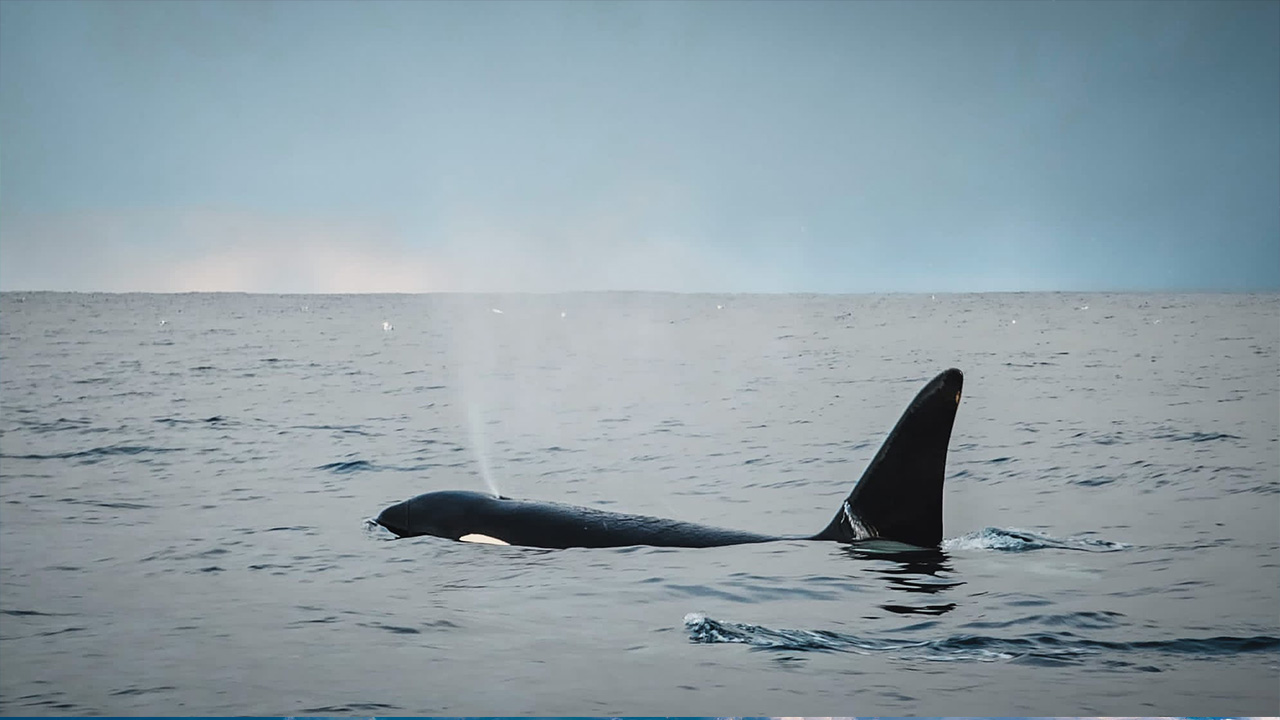
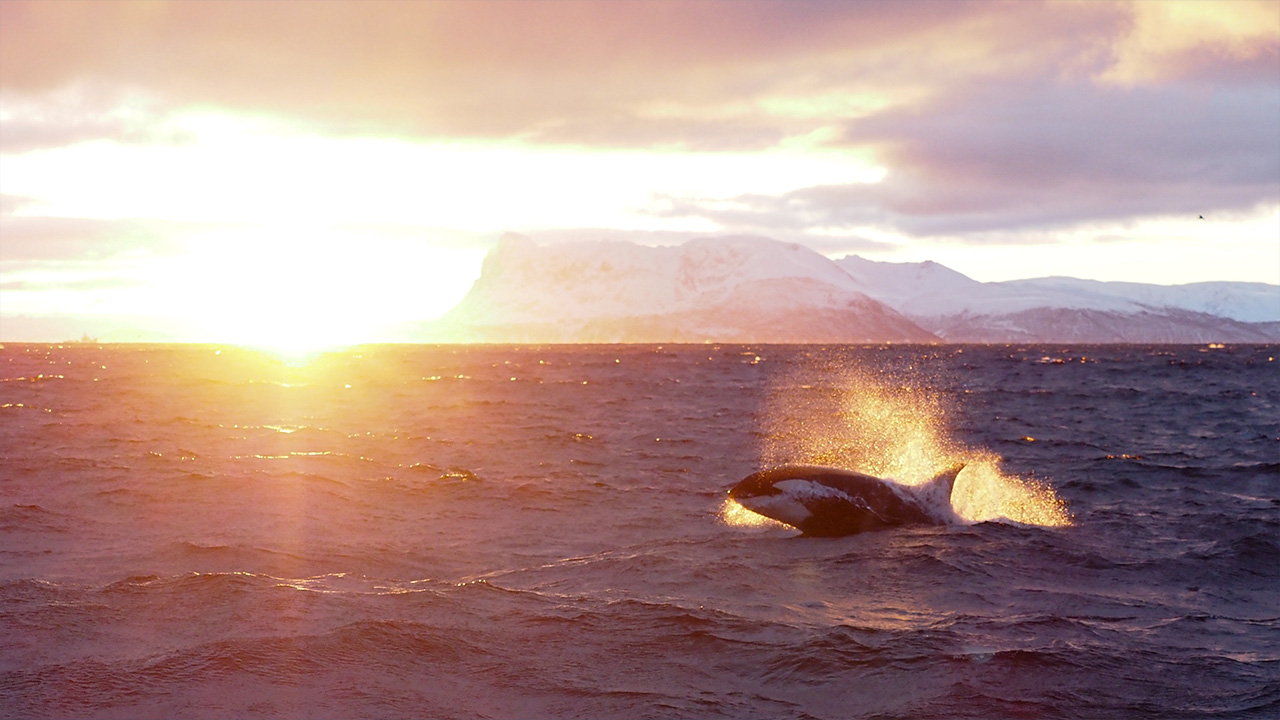
Orcas have a unique appearance
Orcas have a striking appearance, with their black backs and white bellies. This coloration is known as countershading and helps to camouflage them in the water. From below, the white blends with the light from the surface, making it difficult for prey to see them. From above, the black blends with the dark ocean depths. This makes orcas effective hunters, as they can approach their prey without being noticed. Their conical teeth and powerful jaws allow them to catch and eat a wide range of prey, from small fish to large marine mammals.
Orcas have evolved complex culture
Orcas have evolved a complex culture, with different populations exhibiting unique behaviors and vocalizations. They have been observed using distinct "dialects" of calls, which are passed down from generation to generation. These vocalizations are used for communication and social bonding within their pods. In addition to their vocalizations, different orca populations have been observed using unique hunting techniques, such as beaching themselves to catch seals or working together to create waves that wash prey off ice floes. This cultural diversity reflects the adaptability and intelligence of orcas as a species.
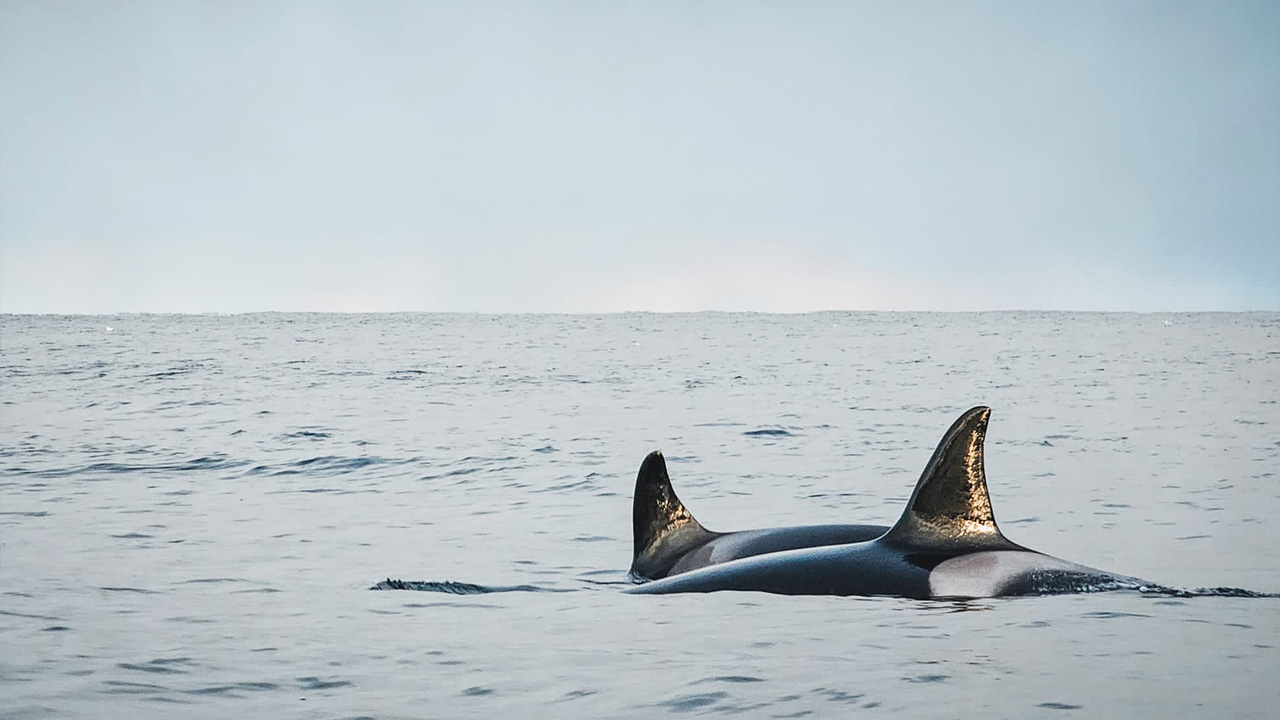
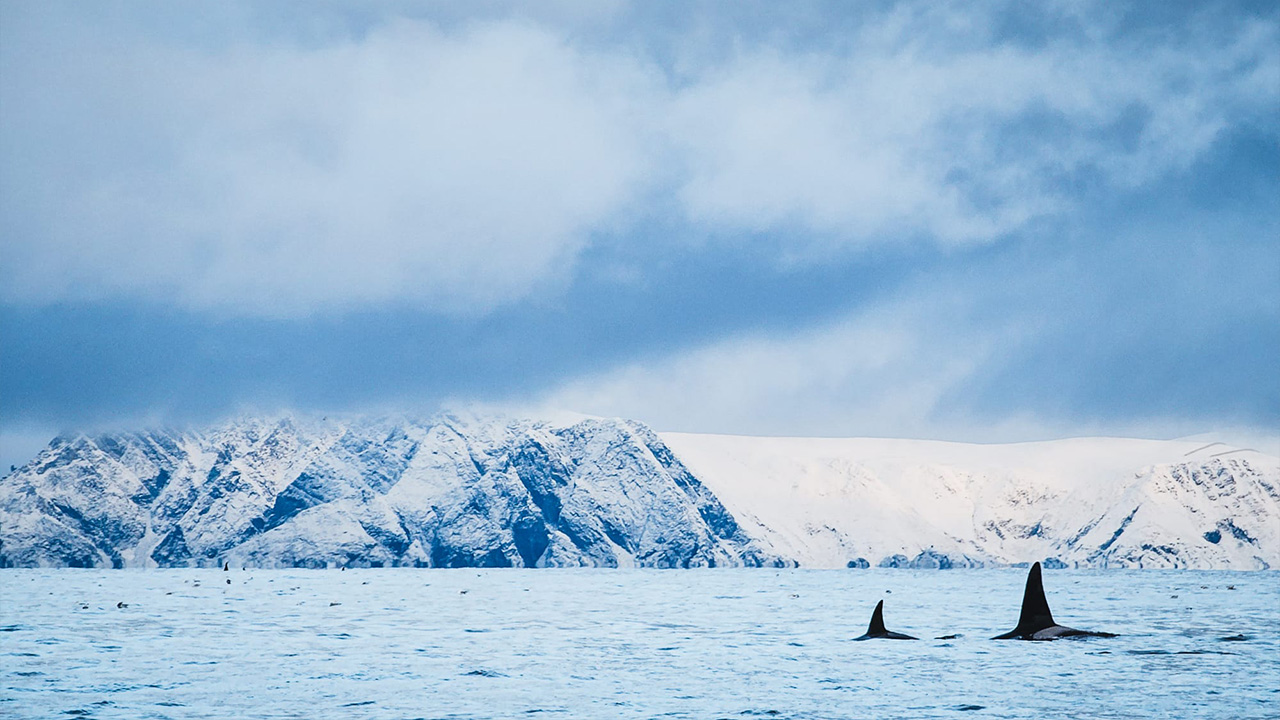
Orcas have a long lifespan
Female orcas are thought to live to 80 years of age or more, while males have a shorter lifespan of around 50 years. They have one of the longest lifespans of any marine mammal. Orcas are highly social animals and live in stable, matrilineal family groups called pods. These pods are led by the oldest female, known as the matriarch, and can consist of multiple generations of orcas. This social structure allows for the transmission of knowledge and behaviors between individuals, contributing to the cultural diversity observed in different orca populations.
Seeing either northern lights or orcas in the wild is without a doubt the stuff bucket lists are made of. And yes, it's amazing to experience and photograph!
I'm super excited about heading back to the Arctic a few times this year to join Christian Engelke and Beau Pruneau, two amazing friend and who shared some of their images for this post, in sharing these incredible scenes and subjects with our Wild Eye guests on the various expeditions we will be hosting together.
Please get in touch if you have any questions and I look forward to sharing more Arctic magic with you in the next few months!
Happy shooting and don't forget to be awesome.
Gerry
Orcas & Northern Lights Tours
2024 promises to bring the brightest Northern Lights in over 20 years! Making 2024 one of the best years in recent history to visit the Arctic region. If the idea of orcas by day and Northern Lights by nights gets you excited, then this is definitely the tour for you.
